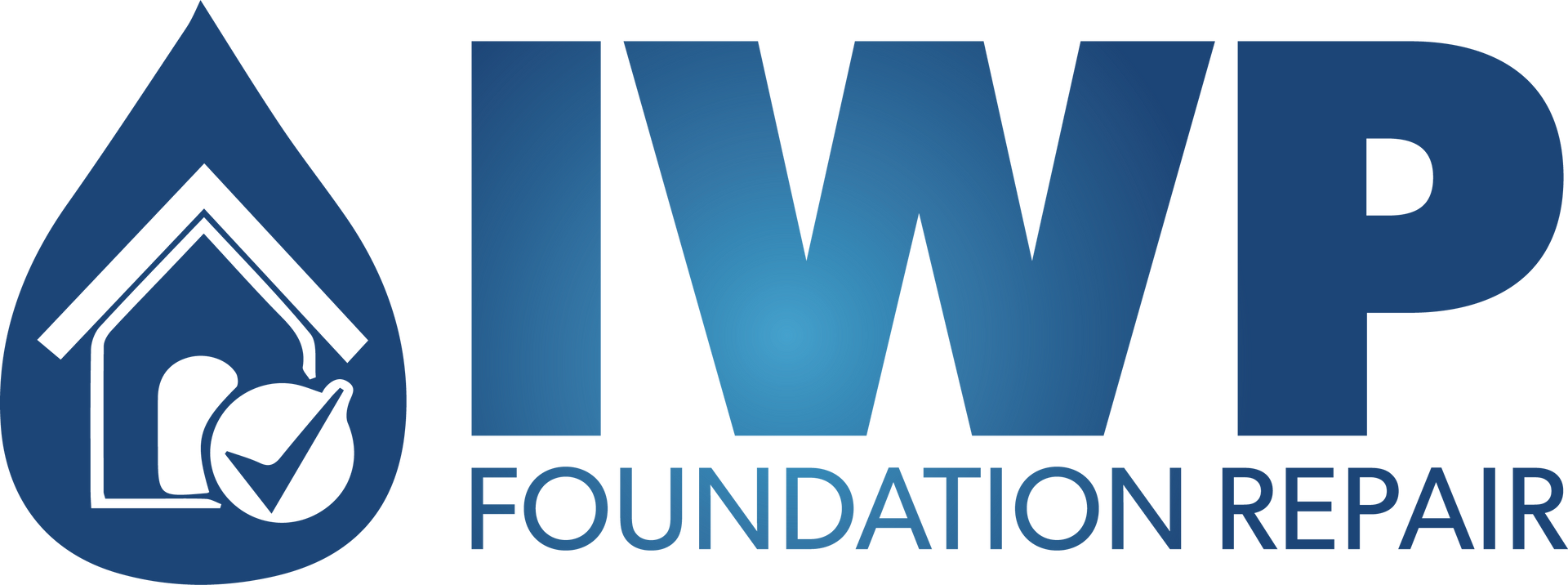What Are Cost Considerations For Foundation Repair?
Navigating the Depths: A Comprehensive Guide to Cost Considerations for Foundation Repair and Waterproofing
Owning a home is a significant investment, and ensuring its structural integrity is paramount to its longevity and your peace of mind. Foundation issues and water damage are among the most common concerns that homeowners face. Addressing these problems promptly is crucial, but the process can be complex and costly. In this comprehensive guide, we will explore the various cost considerations associated with foundation repair and waterproofing, providing you with valuable insights to make informed decisions for your home.

Understanding the Scope of the Issue
Before delving into cost considerations, it's essential to understand the scope of foundation and waterproofing problems. Foundation issues can manifest in various ways, such as cracks in walls, uneven floors, or doors and windows that no longer close properly. Water damage, on the other hand, often presents as dampness, mold growth, or even flooding in basements. A professional inspection is crucial to accurately diagnose the problems and recommend appropriate solutions.
Foundation Repair Costs:
Type of Foundation
- The foundation type significantly influences repair costs. Slab foundations, crawlspaces, and basements each have unique challenges and require specific repair methods.
- Slab foundation repairs may involve techniques like mudjacking or poly foam leveling, while pier and beam foundations may require leveling and reinforcement.
Extent of Damage
- The severity of foundation damage directly impacts repair costs. Minor cracks might be addressed with epoxy injections, while more extensive damage may necessitate underpinning or piling solutions.
- The earlier the issue is detected and addressed, the less extensive and costly the repairs are likely to be.
Accessibility and Excavation
- The accessibility of the foundation and the need for excavation can influence costs. Limited access might require specialized equipment or more manual labor, increasing overall expenses.
Engineering and Permits
- In some cases, structural engineers may need to assess the foundation issues and provide a repair plan. Additionally, obtaining the necessary permits for foundation repairs contributes to overall costs.
Waterproofing Costs:
Type of Waterproofing
- Different waterproofing methods exist, including exterior excavation, interior sealants, and drainage systems. The choice of method depends on the specific water-related issues your home is facing.
- Exterior waterproofing, though effective, tends to be more expensive due to excavation requirements.
Severity of Water Damage
- The extent of water damage affects the complexity and cost of waterproofing solutions. Mild dampness may be resolved with sealants, while severe flooding might require a comprehensive drainage system.
Mold Remediation
- If water damage has led to mold growth, additional costs for mold remediation should be considered. Mold removal involves thorough cleaning, and in some cases, replacing affected materials.
Preventative Measures
- Investing in preventative measures, such as proper grading, gutter systems, and downspout extensions, can reduce the risk of water damage and subsequent repair costs.
Choosing the Right Professionals:
Research and Quotes
- Obtain multiple quotes from reputable foundation repair and waterproofing professionals. Research their credentials, read reviews, and ask for references to ensure you choose a reliable contractor.
Warranties
- Inquire about warranties for the repair work. A solid warranty demonstrates the confidence of the contractor in their services and provides you with added protection.
Insurance Coverage
- Check your homeowner's insurance policy to determine if foundation repairs and waterproofing are covered. Some policies may cover certain aspects, helping alleviate some financial burden.
Addressing foundation issues and waterproofing your home is a crucial investment in its long-term health. While the costs can be substantial, the key is early detection, preventative measures, and choosing reputable professionals. By understanding the various factors influencing costs, you can navigate the complexities of foundation repair and waterproofing with confidence, ensuring the stability and resilience of your home for years to come.

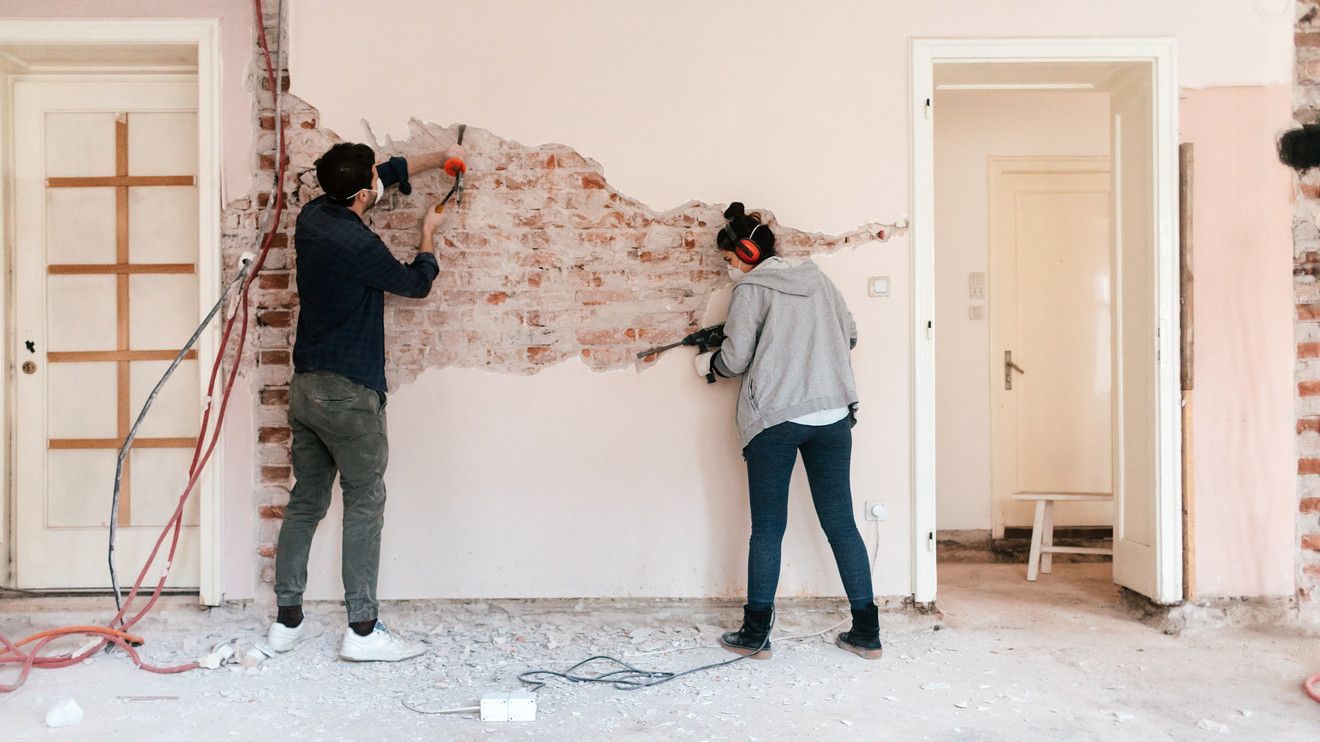

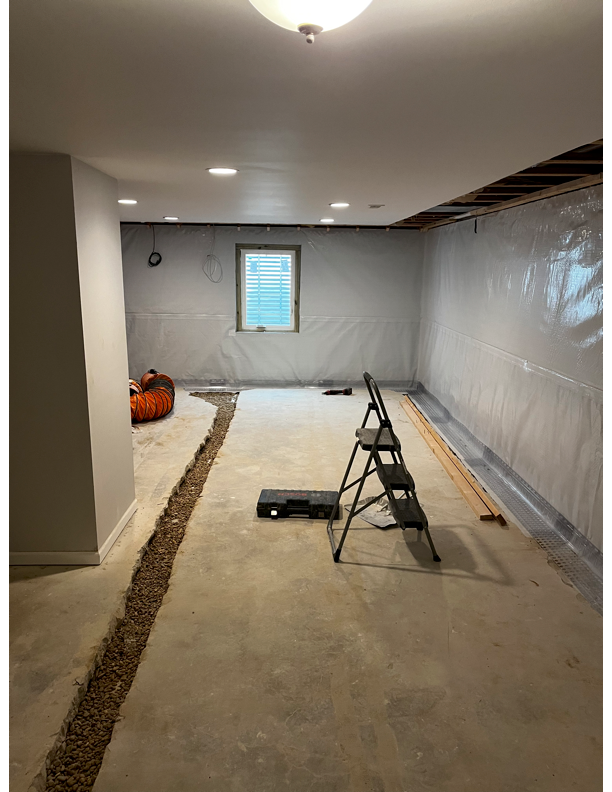
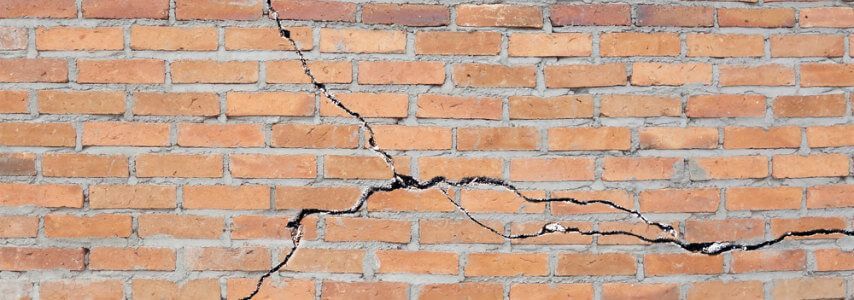


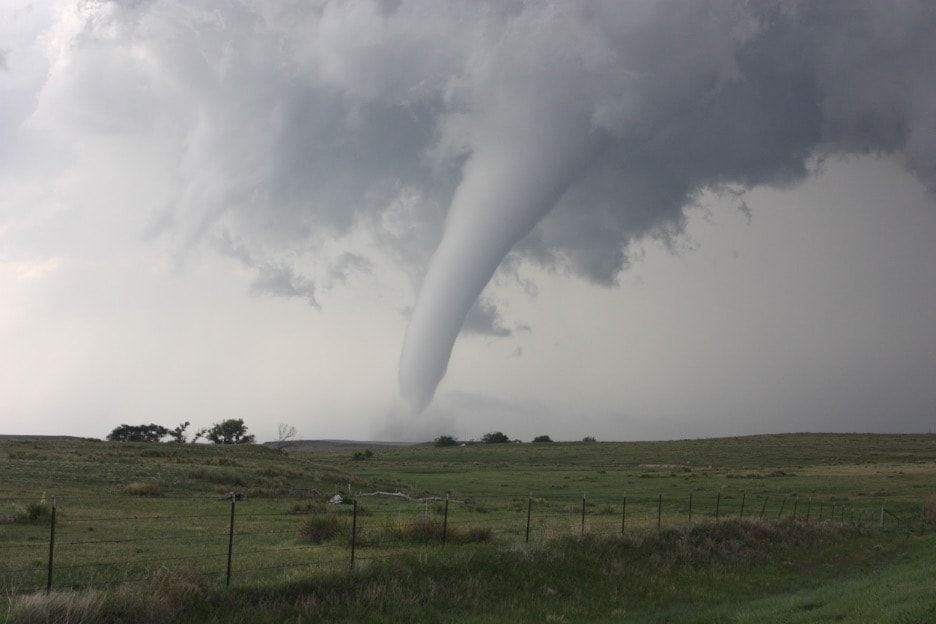

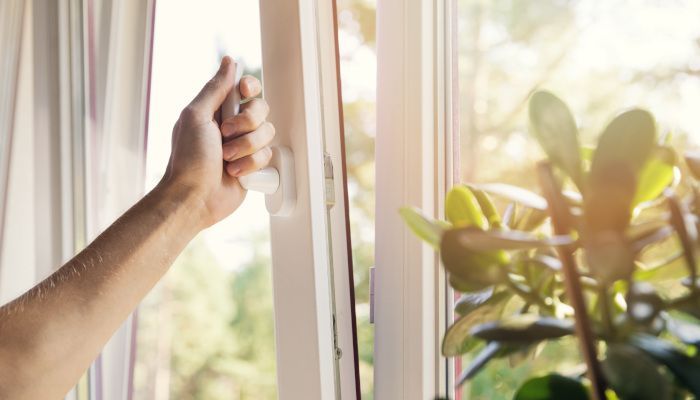
HAVE PEACE OF MIND WITH IWP FOUNDATION REPAIR
With over 30 years of combined experience in the business, you know that you can trust our team to get the job done right the first time. We value the customer experience, which is why we take the time to listen to your concerns, answer all your questions, and explain the best plan of action for your home. If you’ve noticed any foundation issues at all, no matter how minor they seem, you should call a professional. Our expert team is waiting for you, so call today for a free evaluation!
